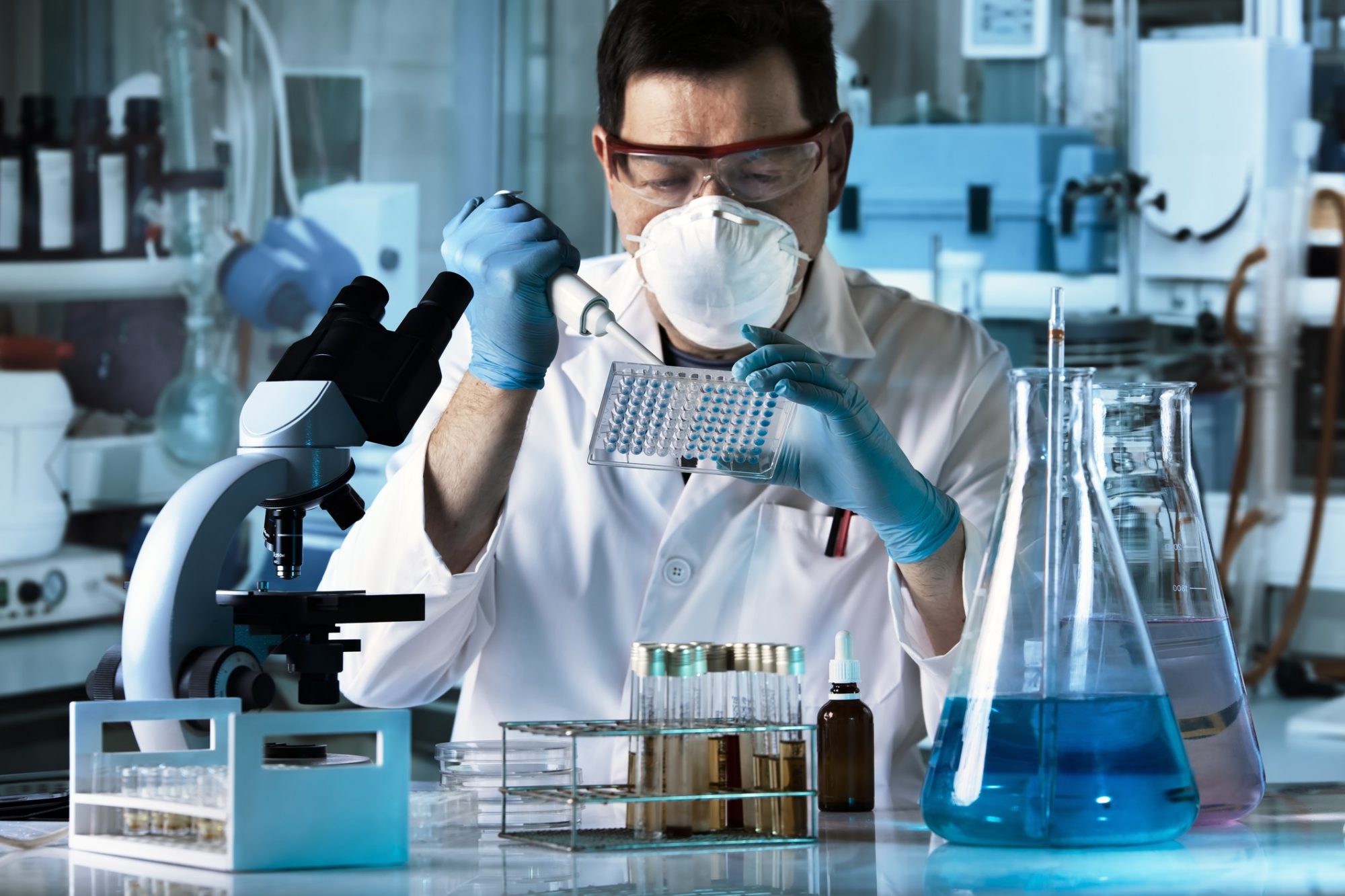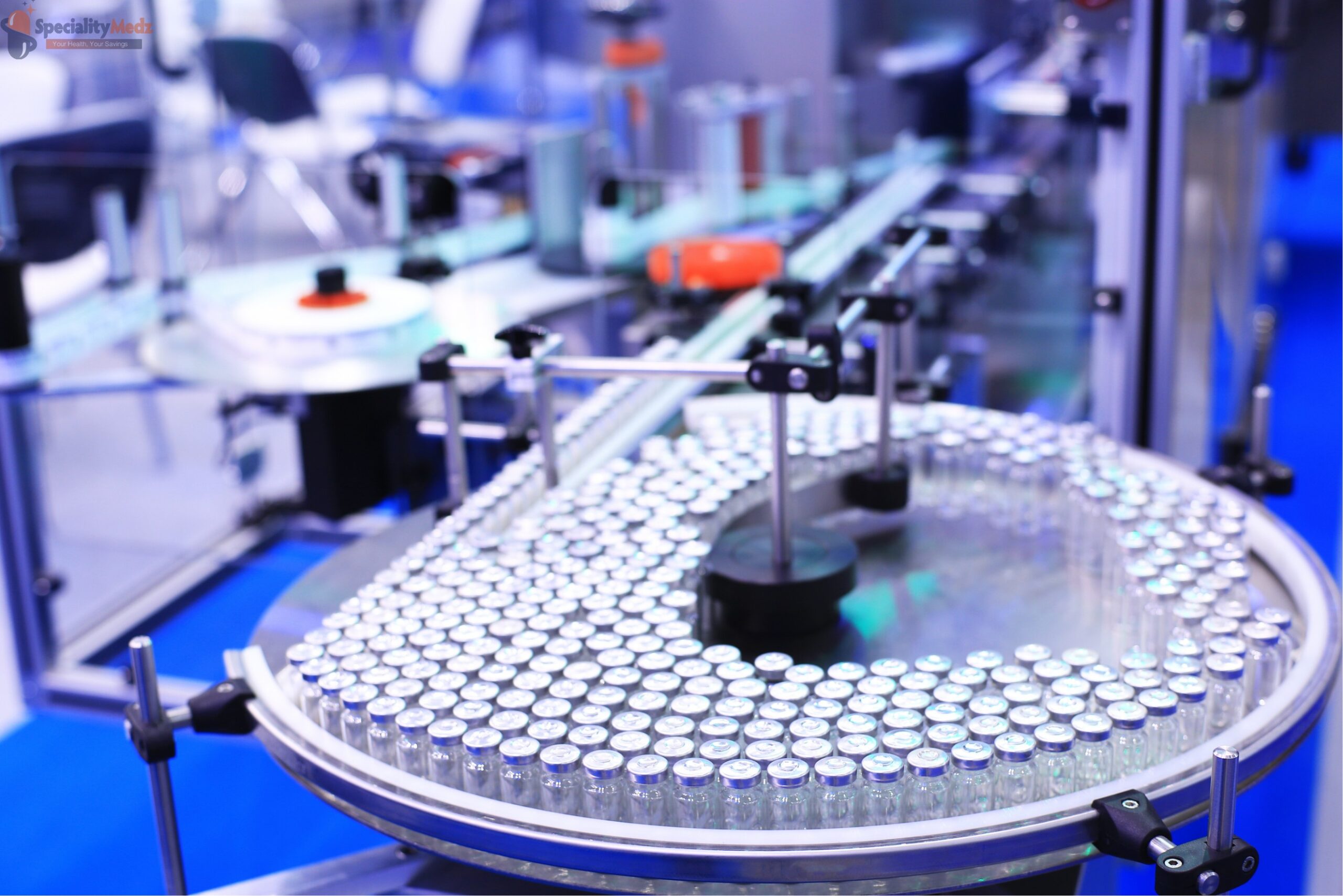Biobanks have become essential in modern medicine, serving as repositories that house biological materials like blood, tissues, DNA, and cells. These samples are invaluable for research in genomics, personalized medicine, and drug discovery. The market, which was valued at USD 72.1 billion in 2023, is set to grow at a CAGR of 6.89% through to 2032, reaching USD 131.1 billion. This growth trajectory reflects increasing demand for high-quality biospecimens and the growing role of biobanks in tackling complex health challenges.
Why is the Biobanking Market Booming?
The biobanking industry is experiencing significant expansion due to several factors:
- Rising Focus on Genomics and Personalized Medicine: Precision medicine tailors treatments to an individual’s genetic profile, necessitating large-scale genomic data, which biobanks help provide. With more research initiatives focusing on genetic markers for diseases, the need for biobank services continues to rise.
- Technological Advancements: New technologies in biobanking, such as enhanced cryopreservation, automation in sample handling, and AI-driven data management, are transforming how samples are stored and utilized. This improves the efficiency and scalability of biobanks, attracting more institutions and companies to invest in them.
- Increased Funding and Investment: Biobanks are receiving considerable support from both public and private sectors. Governments are keen on advancing healthcare research, while private firms recognize the potential for groundbreaking discoveries. These investments fuel innovations in biobanking infrastructure, operations, and research collaborations.
Trending Topics in the Biobanking Space
1. Advances in Cryopreservation Technology
- Cryopreservation is essential in biobanking, allowing samples to be stored at ultra-low temperatures without compromising their quality. Recent advances include vitrification methods, which reduce ice formation and improve long-term viability. These advancements are particularly useful for storing sensitive samples, such as stem cells, which are essential for regenerative medicine.
2. Rise of Genomic Research Collaborations
- Many biobanks are partnering with research institutions and pharmaceutical companies to facilitate genomic research. For example, collaborations aimed at understanding cancer genomics or rare genetic disorders are growing, allowing for comprehensive analysis of genetic patterns across large populations. Such collaborations expedite the development of precision medicine, which depends on high-quality biobanked samples.
3. Data Security and Blockchain
- As biobanks collect and store sensitive patient information, data security becomes paramount. Blockchain technology offers a secure, decentralized way to manage data, providing a transparent and tamper-proof solution for patient information and consent. Blockchain adoption is increasing, particularly in regions where data privacy laws, such as GDPR in Europe, demand strict compliance.
Biobanking Market Segmentation
A segmented look at the biobanking market reveals the various types and uses of biobanked samples, catering to different research and therapeutic needs:
1. By Type of Biobank:
- Population-based Biobanks: These house samples from a general population, often for epidemiological research to understand public health trends or genetic risk factors associated with diseases.
- Disease-oriented Biobanks: These focus on samples related to specific diseases, such as cancer or neurological disorders. They are instrumental in studying disease progression and developing targeted therapies.
2. By Sample Type:
- Human Tissues and Cells: These are widely used in oncology research to study cancer development and test new treatment approaches.
- Blood, DNA, RNA: Essential for a range of applications in genomics, including identifying genetic markers and studying gene expression.
3. By Application:
- Therapeutic Research: Biobanks play a critical role in drug discovery and development by providing the necessary samples to test new treatments.
- Clinical Research: Samples are used to validate findings from clinical trials and accelerate the development of new diagnostics and therapeutics.
Regional Analysis: Where is Biobanking Most Popular?
- North America: As the largest market for biobanking, North America is home to major research facilities and companies at the forefront of biobanking. The region benefits from well-established healthcare infrastructure, high levels of funding, and advanced technology.
- Europe: European countries have a strong collaborative culture in scientific research. Large population-based biobanks, like the UK Biobank, offer extensive resources for genomic research and public health studies. Europe also has stringent regulations, like GDPR, which prioritize data protection and ethical considerations in biobanking.
- Asia-Pacific: The region is seeing rapid growth due to increased investment in healthcare infrastructure and biobanking capabilities. Countries like China and Japan are expanding their biobanking facilities to support genomic research, often partnering with international organizations to advance healthcare innovation.
Key Players in the Biobanking Market
Several companies dominate the biobanking landscape, each with unique contributions:
- Thermo Fisher Scientific Inc.: This industry giant provides comprehensive biobanking solutions, from lab equipment to data management software, making it a key player in biobanking innovation.
- Qiagen N.V.: Specializing in molecular diagnostics, Qiagen develops technologies for collecting and processing samples, enabling researchers to conduct high-quality genomics and proteomics studies.
- Brooks Automation, Inc.: Known for its advanced automated storage systems, Brooks Automation supports biobanks in optimizing their sample storage and retrieval processes.
- Hamilton Company: Hamilton provides automated laboratory instruments and high-tech storage solutions that improve biobanking efficiency and sample integrity.
Challenges in the Biobanking Industry
- Regulatory Hurdles: Biobanks must navigate a complex regulatory landscape. Compliance with local and international laws—such as the FDA in the U.S. and EMA in Europe—is essential, especially concerning ethical issues like informed consent and the ownership of biological materials.
- Data Management: Managing the massive amount of data associated with biobanking is challenging. As more samples are collected, the demand for robust data storage, security, and retrieval systems intensifies. Many biobanks are adopting AI and machine learning to streamline data management processes, though these technologies are still in the early stages of adoption.
- Operational Costs: The initial setup and ongoing maintenance of biobanking facilities require significant investment. Specialized equipment, such as ultra-low temperature freezers and automated storage systems, adds to the high operational costs. Additionally, ensuring sample quality over time requires continuous monitoring and resources.
Future Trends and Market Outlook
The biobanking market is expected to experience substantial growth, driven by innovations in precision medicine and regenerative medicine. AI is set to play a significant role in predictive analytics and automation, while blockchain will improve data security and compliance. Emerging trends also include integrating biobanks with cloud-based data systems to support global collaborations. This enables researchers worldwide to access and share samples, accelerating discoveries and medical advancements.




